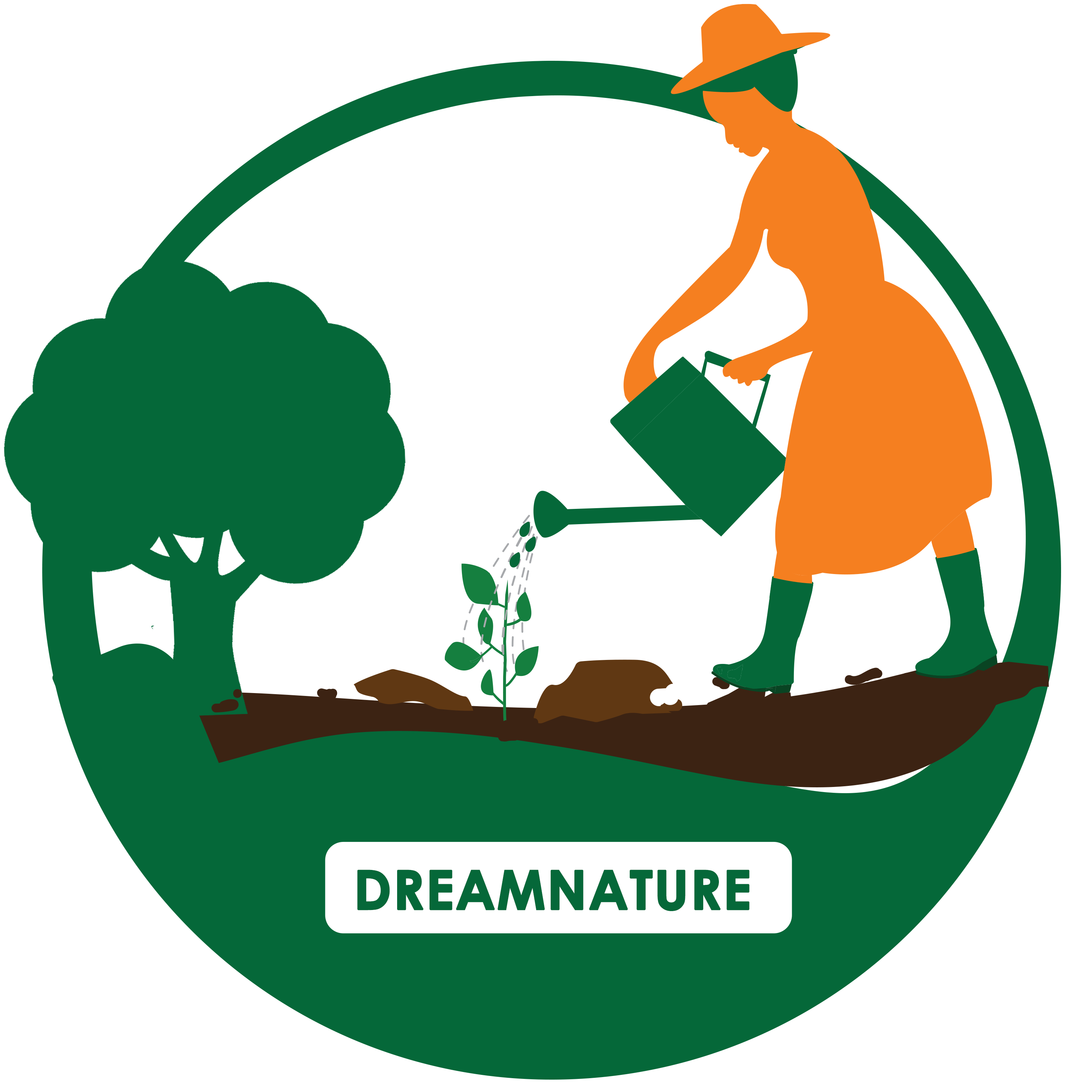A STORY OF A TREE NAMED MUSHINDWI (Scientific name: Anisophyllea boehmii)
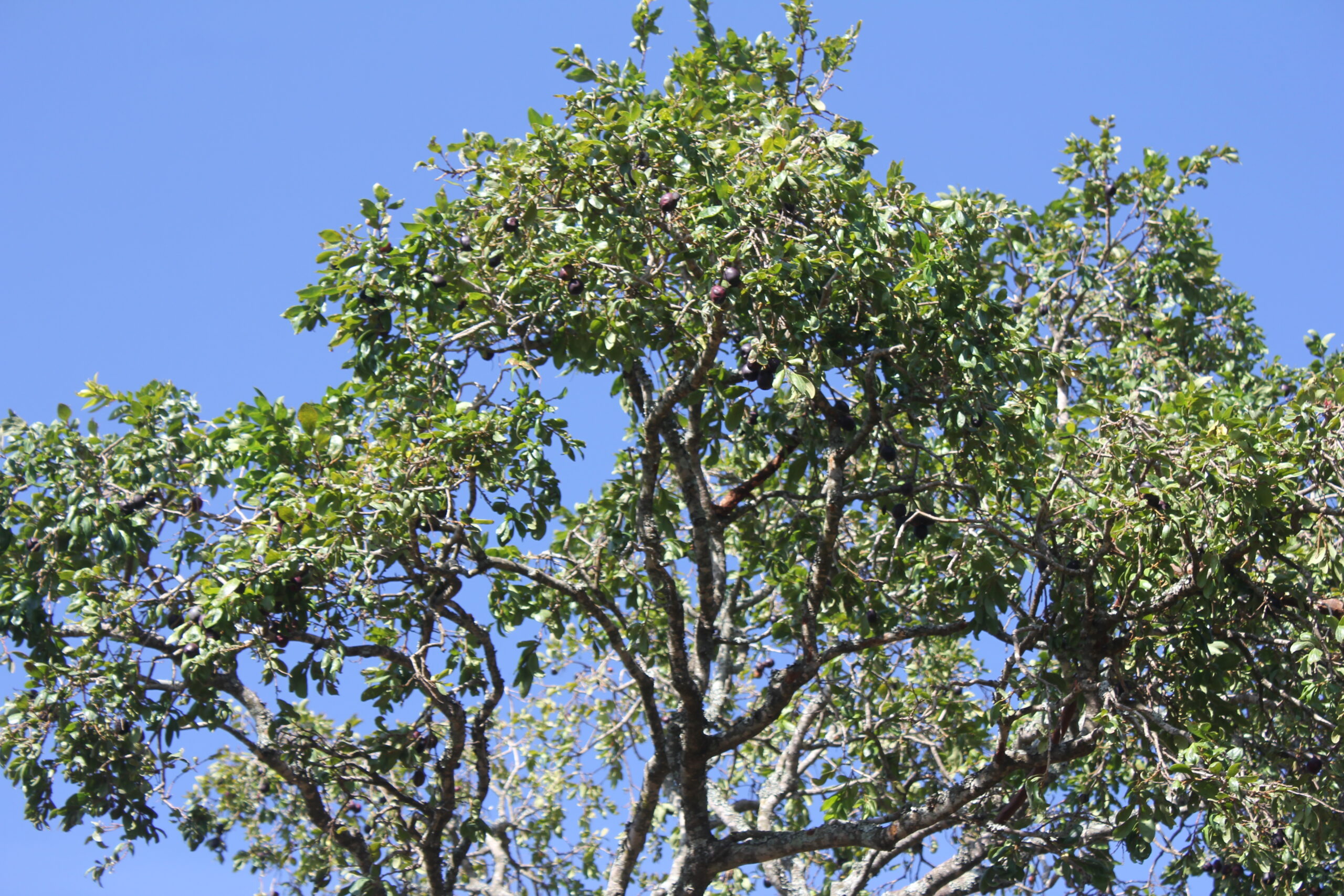
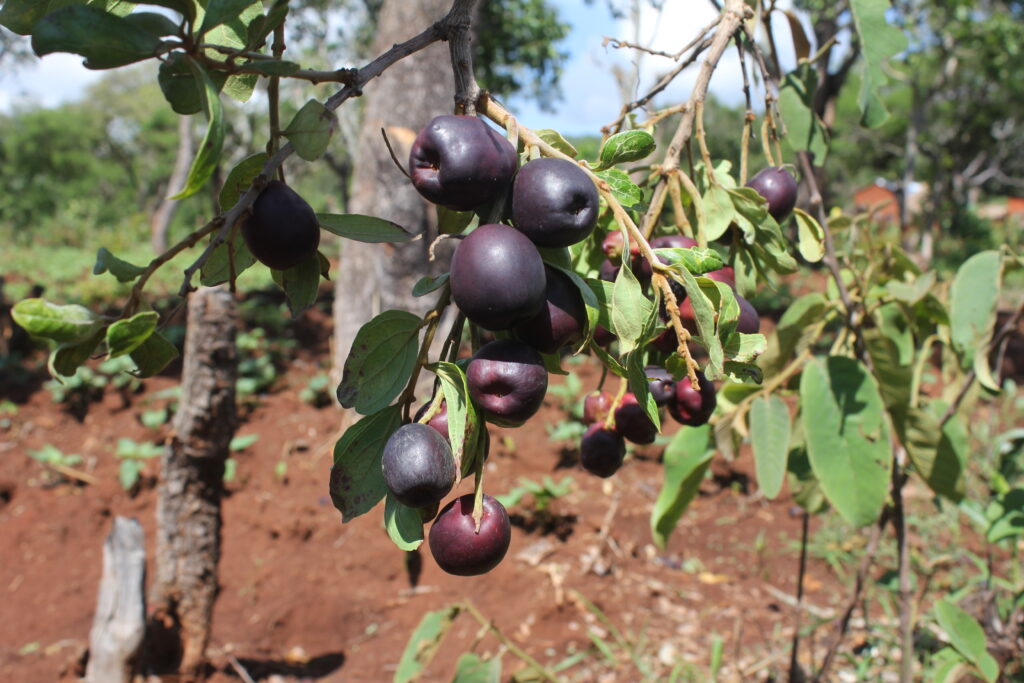
Dreamnature’s roots: A native tree with a special role
Mushindwi (scientific name: Anisophyllea boehmii) is the native tree behind the establishment of Dreamnature Organization. It was an amazing tree to have in our village when I was a kid. It is an evergreen tree with beautiful flowers and leaves. My elders in the village used to burn its wood to get ash and use it as organic pesticide for storing grains, and as children we highly enjoyed the flavor and taste of the edible raw fruits, high viscosity juice, jam and nuts. But guess what? It was naturally growing in the wild and people in my village didn’t know how it could be replanted in the community farms. Asking this question, I wanted to better understand the indigenous knowledge about native trees. For this reason, I decided to carry out baseline surveys (presented in the next blog), which then brought the insight and motivation to work on many other similar multipotential native trees. As a result, Dreamnature Organization was born to drive the process of native tree domestication. We promote the use of native trees in Food Forest as an ecological way to diversify community income on farms by planting annual crops, valued cash crops and native trees in the same time and space.
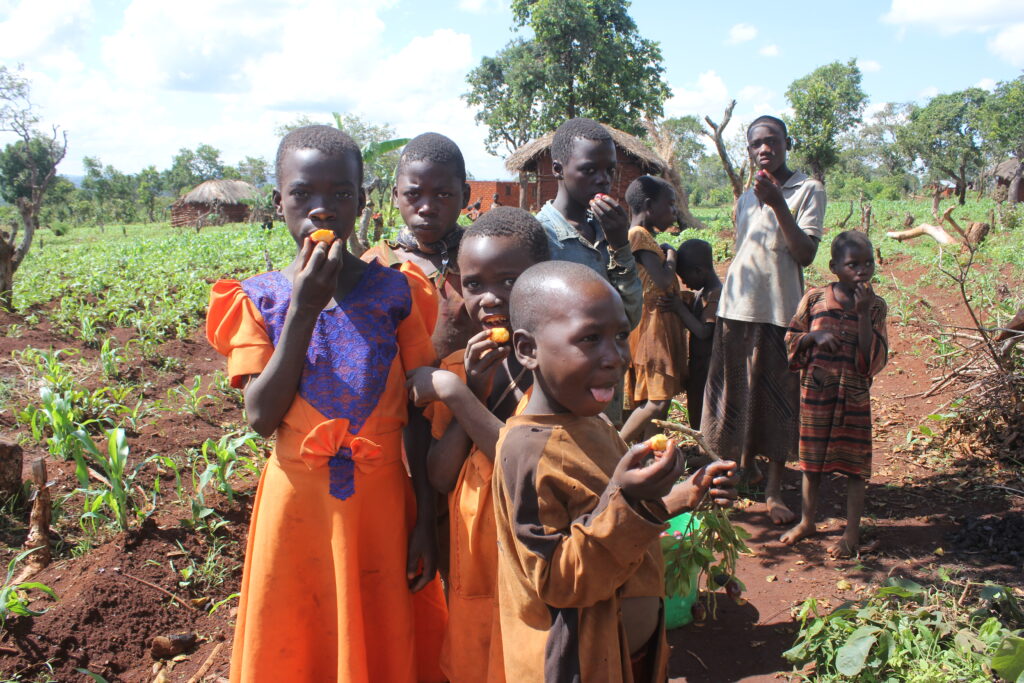
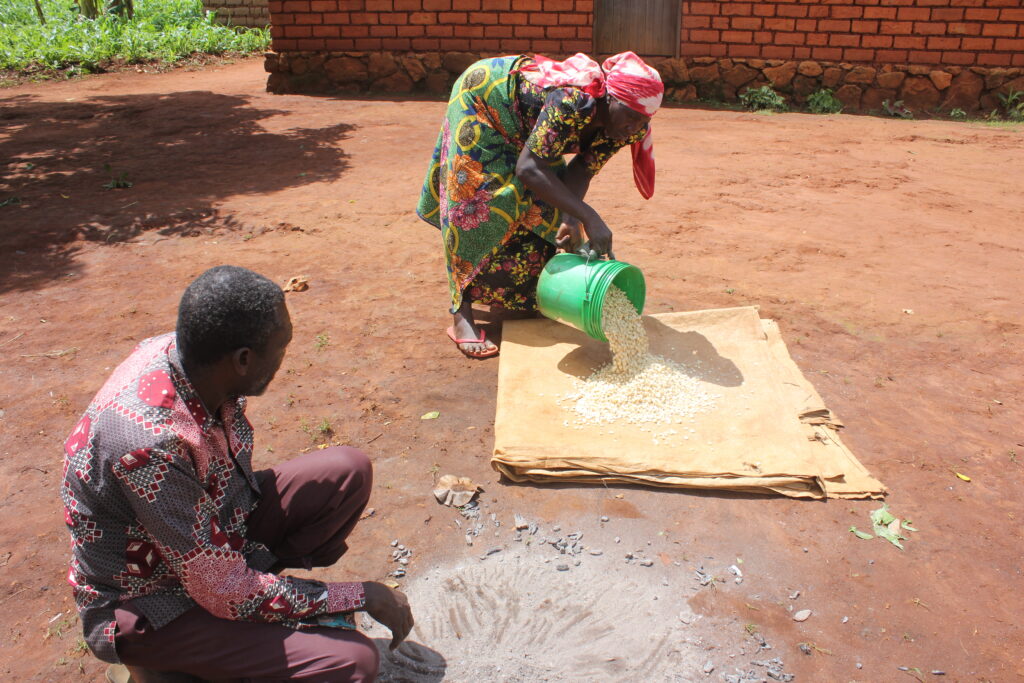
A solid trunk: Research from which our work emerges
We have carried out extensive research on the species Anisophyllea boehmii, studying methods for breaking its seed dormancy, socio-economic dependency, toxicity, and the nutritional content of the edible raw fruit, juice, jam and the nut. Anisophyllea boehmii seeds have nutritional, pharmaceutical and industrial value, but are largely discarded after consumption of the fruit pulp. Traditional uses of Anisophyllea boehmii include firewood, fresh fruit, fodder, shade, construction timber, medicinal use of its roots and aerial parts, and the use of its ash as a treatment for human teeth and as a pesticide for stored crops. These many uses create a high demand for the products of this tree species, leading to its exploitation and disappearance.
To gain insights into how Anisophyllea boehmii can be propagated and replanted, the number of germinated seeds and the day of germination were recorded periodically and analyzed using the Excel analysis tool to obtain the germination percentage and results. An effective germination performance was found to be on open field environment with a germination percentage of 83.5%.
Anisophyllea boehmii kernels yield a significant quantity of oil with physico-chemical quality and a high content of protein. The acute oral toxicity test showed no toxicity of its kernel meal. Due to its high protein and mineral content, Anisophyllea boehmii kernel meal is recognized as a high-quality resource for animal feed and could be classified as a palmitic fat. These results show that Anisophyllea boehmii represents a promising opportunity for the valorization of non-timber forest products and the interest in the preservation and domestication of this species.
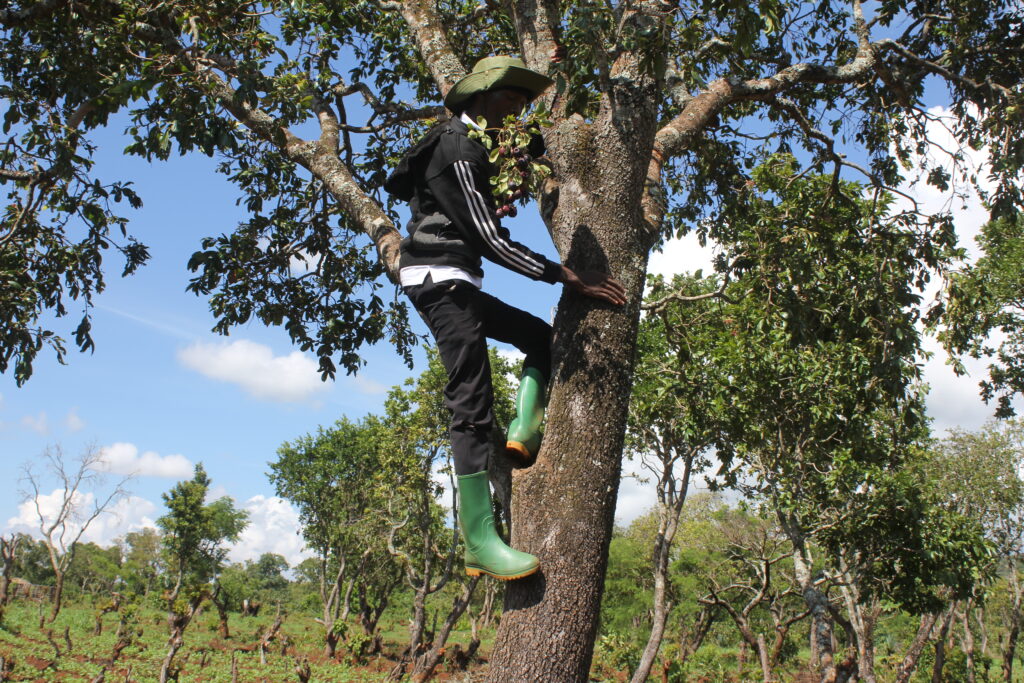
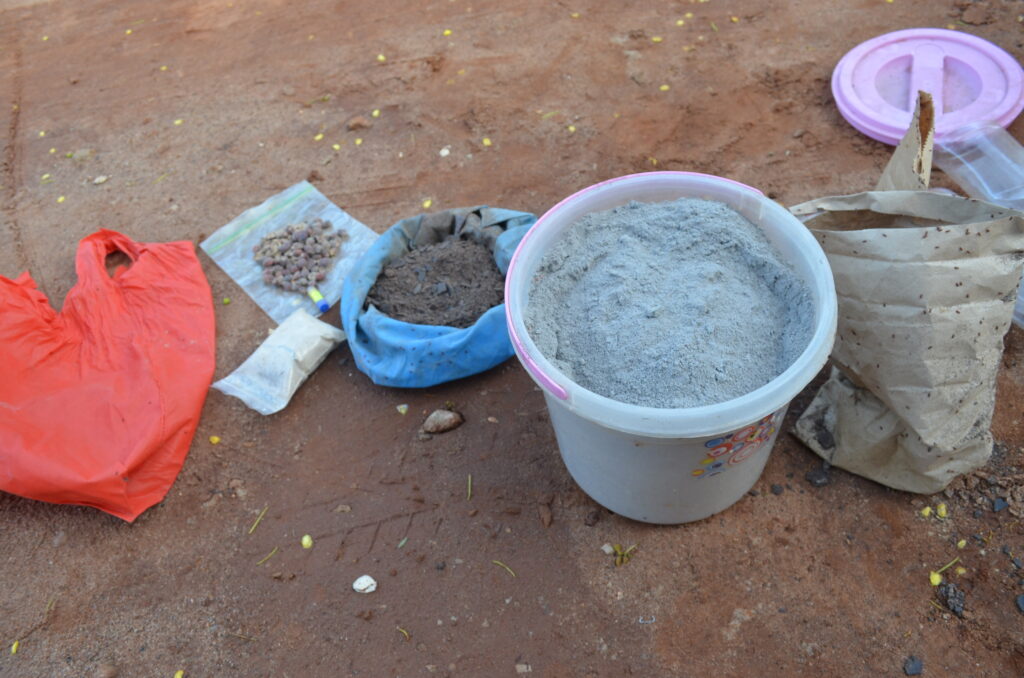
Growing branches and flowers: Our different projects to promote the protection and sustainable use of native trees
The research behind the knowledge to better understand this species calls for its urgent conservation and its market development in order to diversify additional income for the communities involved while protecting planet Earth. This is why Dreamnature is doing more research together with university students and engages in conservation initiatives with communities. Likewise, this is also the basis for Dreamnature to work on the planting of more indigenous tree species. This will create additional diversified income to support the livelihoods of local communites, while at the same time providing habitat and food for native wildlife populations, thereby contributing to poverty alleviation, biodiversity conservation and environmental regulation.
Today our work includes a variety of projects that promote native trees as a key component of sustainable development. You can partner or collaborate with us or you can join the team as a volunteer or expert. In this way, you can help to create food forests by integrating native trees into community farmland, establish community native tree nurseries or create market access for natural and organic native tree products. Furthermore, you can help us in organizing and implementing awareness workshops, trainings, campaigns and conferences.
Happily reach out to us via the contact details provided on our website, our social media account on Instagram or our profile on LinkedIn. If you would like to read more about our research or specific projects, leave us a comment and we can create another blogpost on this. In the meantime, feel invited to have a look on our YouTube channel
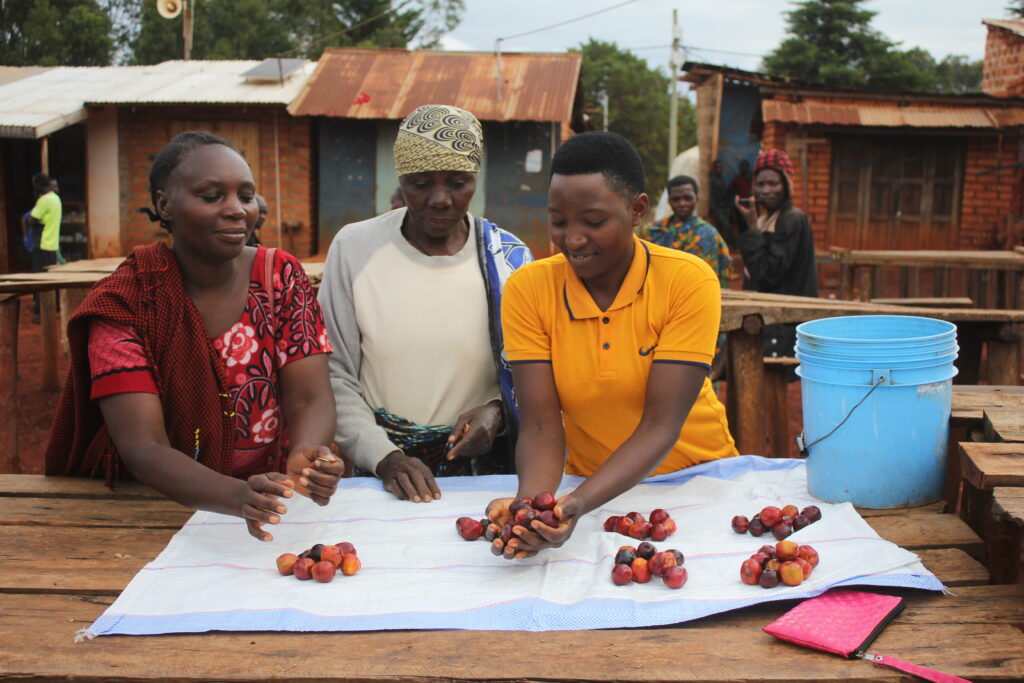
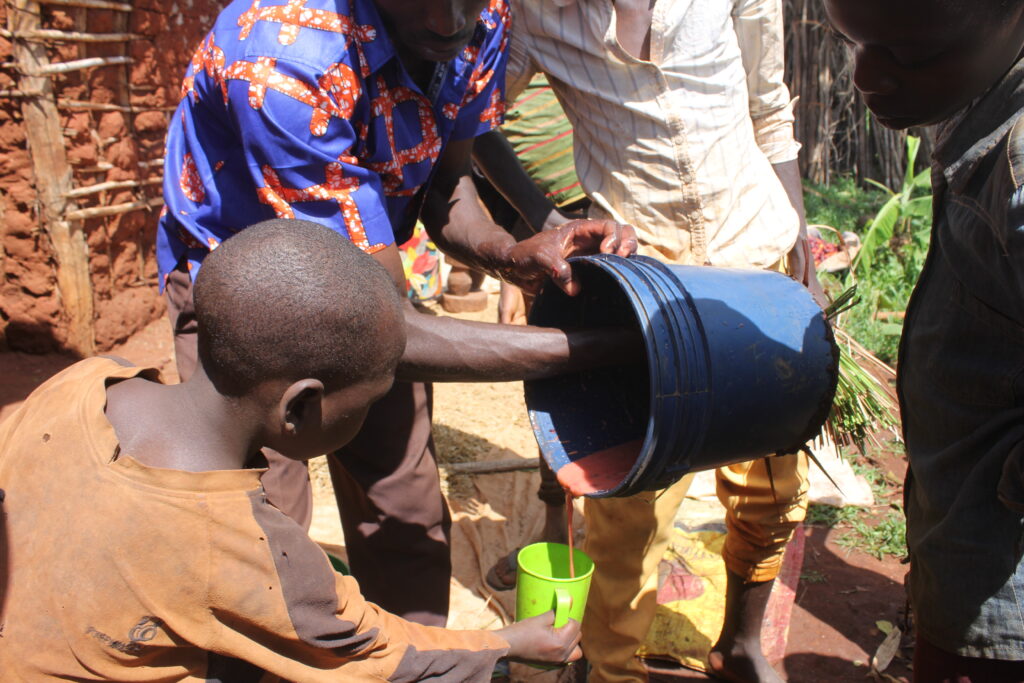
Written by: Aron Katosho – Forestry expert and Founder of Dreamnature
